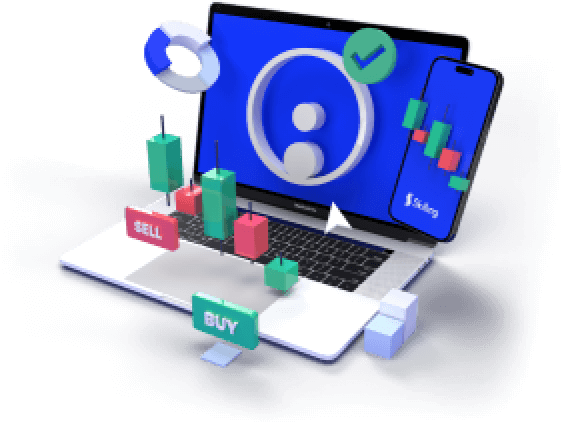The S&P 500 index (SPX) reaching an all-time high is a significant event for traders worldwide, including those in Sweden and Norway. This milestone often signals investor confidence but also brings attention to market volatility and risk, especially for CFD traders who operate with leverage and short-term strategies. This article breaks down key facts about the SPX all time high, explores recent market conditions, and highlights what CFD traders should consider.
Why the SPX All Time High Matters for Scandinavian CFD Traders
The SPX is a major benchmark for the US stock market, representing 500 of the largest publicly traded companies. Its all-time high is often a barometer of global economic trends, influencing markets beyond the US, including Scandinavian countries. For traders in Sweden and Norway, the SPX index is a popular asset to trade CFDs on, due to its liquidity and volatility.
Reaching a record high often triggers increased trading activity. According to recent market analysis, the SPX's climb to new levels reflects economic recovery phases but also raises questions about market sustainability, volatility, and risk management. This is crucial for CFD traders, as leverage can amplify both gains and losses.
Access 1,200+ global CFDs instruments.
Access a plethora of trading opportunities across the financial markets.

Current Market Conditions and SPX Volatility
As of mid-2025, the SPX recently achieved an all-time high, driven by strong earnings reports and optimism around economic policies, according to financial sources. However, this rise accompanies notable volatility, influenced by geopolitical events and inflation concerns relevant to global markets, including Norway’s oil sector and Sweden’s tech industry.
Historically, the SPX has experienced sharp corrections after peaks, such as the fall in 2008 during the financial crisis. Understanding these fluctuations is key for CFD traders who need to manage leverage carefully amid potential slippages and price gaps.
Comparing SPX and SPY: What Traders Should Know
The SPX index and the SPY ETF are both popular trading vehicles but differ in structure and tax treatment. Some traders ask: Is SPX more profitable than SPY? The answer depends on trading style and tax considerations. SPX contracts are often favored by experienced traders for their tax efficiency and tight spreads, while SPY is more accessible for retail investors.
For CFD traders in Sweden and Norway, choosing between SPX and SPY depends on market access and individual trading platforms. It’s important to note that trading SPX CFDs involves exposure to index price movements without owning underlying shares, emphasizing the need to understand market dynamics and risks.
Risk Factors and Considerations for CFD Trading on SPX
While the SPX all time high can indicate strong market momentum, CFD traders must remain cautious. Leverage increases exposure but also heightens the risk of significant losses, especially during volatile periods. Slippage and market gaps may occur, impacting trade execution.
Additionally, the tax treatment of SPX CFDs may differ from other instruments, influencing net returns for traders in Sweden and Norway. Regulatory environments also affect how CFDs are offered and traded, underscoring the importance of staying informed through trusted sources.
Summary
The S&P 500 reaching an all-time high highlights both opportunity and risk in global markets. For CFD traders in Sweden and Norway, it underscores the importance of understanding market volatility, leverage risks, and the differences between trading SPX and related ETFs like SPY. Staying informed about economic trends and regulatory updates is essential for navigating the complexities of CFD trading in the current market environment.
Capitalise on volatility in index markets
Take a position on moving index prices. Never miss an opportunity.












